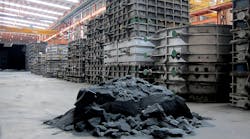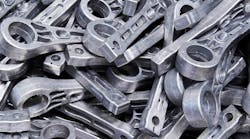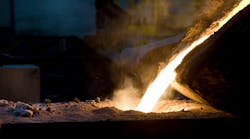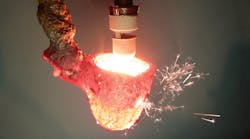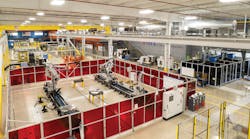BINMASTER introduced a glass bob sensor specifically designed to measure the level of silica sand in bins, tanks or silos.
Measuring the level of silica sand can create unique difficulties: If a sensor should get stuck in the material in the bin, it can get caught in the mechanical systems and stop production, leading to wasted time and expensive repair costs.
The glass bob sensor can be used in place of a traditional steel spike bob, when the user wants to eliminate the risk of a metal part being introduced into the production process. It will not damage equipment or harm the product if the bob becomes crushed during processing — because glass is essentially sand.
Like all SmartBob sensors, the glass bob sensor helps save time, money, and increases safety when measuring materials in bins by eliminating the need to climb bins and take manual measurements.
Acting as an automated tape measure, the sensor takes measurements at predetermined time intervals or on demand. The glass bob sensor is dropped toward the material surface and when it makes contact with the surface, it immediately retracts and, by counting pulses, calculates a highly accurate measurement from the top of the silo to the material surface.
The glass bob sensor is compatible with other products, software, and accessories in the SmartBob product line. It can be used in a mixed network of SmartBobs measuring other materials.
Measurements from the sensor can be displayed along with data from all other tanks in the operation when the C-100 console or eBob software is being used.
Visit www.binmaster.com.

